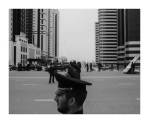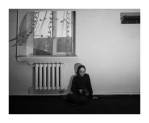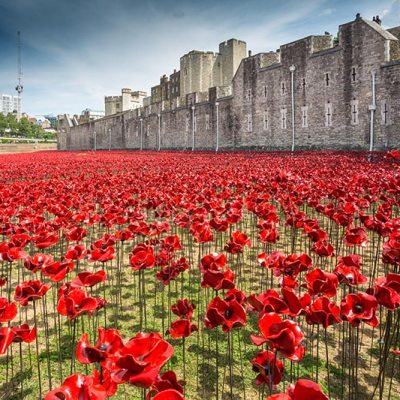This article first appeared on Culture House Daily
Putin, at least 12-foot-high, glowers from the wall of a gym where men are training to wrestle. He is at the centre of an unnerving triptych. On his left is the image of Akhmad Kadyrov, the former President of the Chechen Republic who was assassinated by Islamists in 2004. To his right is Akhmad’s son, Ramzan Kadyrov, now Chechnya’s president, and instigator of a personality cult that manifests itself in everything from Instagram posts of chasing ostriches to dancing with Gérard Depardieu.
‘I call them Father, Son, and Holy Ghost,’ jokes Davide Monteleone, pointing first to Akhmad Kadyrov, then to Ramzan, and finally to the Russian President. He laughs wryly, but he knows it’s a heresy that would not go down well in the country where he took the photograph. Monteleone is winner of the fourth Carmignac Gestion Photojournalism Award. The prize sponsors photographers to go to international trouble areas that have dropped out of the media spotlight, not because the crisis is over, but because the fickle news agenda has moved on some more novel outrage.
Monteleone’s pictures, which examine Chechen identity, are initially startling. The last official Russian invasion of Chechnya finished in 2009, which means the republic’s name is synonymous with apocalyptic images of destruction – of soldiers in tanks, bloodied corpses and buildings reduced to rubble. By contrast, Monteleone’s lens focuses on an apparently shiny, happy new reality – all gleaming citadels, sublime mountainscapes and doll-like figures in national costume. Yet the Italian photographer is playing a sophisticated game. This is a landscape stalked by the ghosts of Chechnya’s past – decade after decade of suffering hidden behind a façade of Dubai-style architecture and white-lace-clad Stepford brides.
‘I’m playing with the ambiguity of what Chechnya is today and the ambiguity of what photographs convey,’ he declares. Breathtaking mountain scenes become sullied as we discover that there are so many security checkpoints that most native Chechens cannot reach them. A gigantic glittering Christmas tree takes on a sinister gleam when the onlooker realises it has been erected to dwarf the mosque standing behind it. In the second room the complex reality starts to seep through. We are confronted by images ranging from an amputee war veteran sitting on a sofa to a young Muslim girl huddled next to a radiator in an all-female madrasa.
The prominent, but firmly controlled, Muslim identity is just one aspect of Ramzan Kadyrov’s curious dictatorship. Kadyrov’s name and image are everywhere, yet the fact that all Chechnya’s oil revenue goes straight to Russia is just one sign that the real power lies with Putin. Perhaps this is why the most touching image in the exhibition is of an old lady holding up a flag of the rebel Chechen Republic of Ichkeria along with the image of the late leader, Dzhokhar Dudayev, killed by the Russian military.
‘She wanted to show her face, but I told her it would be too dangerous,’ says Monteleone. There she stands, so all we can see are the gnarled fingers clutching at the image of her hero, and the top of her headscarf peeking above the flag. An individual, and yet not an individual, a rebellious ghost who is powerless to change the dictatorial fantasy that has placed her and her country in suspended animation. Like so much in this subtle exhibition, she symbolises the hope and hopelessness of a republic that had the guts ripped out of it years ago, yet is forced under Putin’s edict to continue as if nothing had happened.
‘SPASIBO’ by Davide Monteleone (fourth laureate of the Carmignac Gestion Photojournalism Award), is at the Saatchi Gallery until 3 November.
Related Articles






